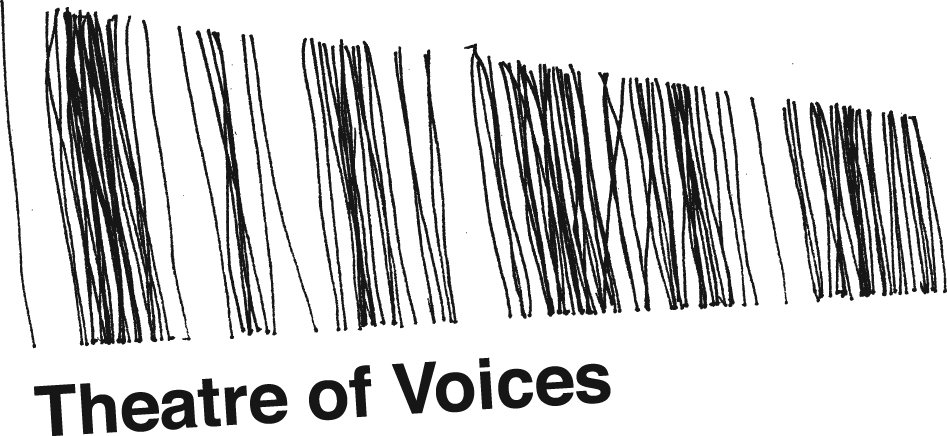Arvo Pärt: Passio
More info here
Tickets here
1976 was a significant year in the story of how modern music rediscovered the use of tonality and pulse and called it minimalism. Steve Reich was working on his masterpiece Music for 18 Musicians, Philip Glass on Einstein on the Beach, Gorecki on his 3rd Symphony, and Arvo Pärt was writing the first works in his new tonal style. Modernism is still very much with us, but the whole context and content of contemporary music has had to adapt to encompass the various kinds of minimalism heralded by these composers and others like them. Nonetheless, the relationship between the two worlds remains mutually cautious!
Arvo Pärt’s new tonal style of composition is built around one of the central elements of Western music — the triad —which is present in one way or another in all the music he has written since then. He called this style tintinnabuli, referring to the way the sound of a bell lingers in the air long after it’s been struck, so that you cannot really say when the sound actually ceases. This quality of sound, illuminating the silence which surrounds it, is mirrored in the way a single triad rings through the music.
Pärt's Passio, a setting of the St John Passion in Latin, is the quintessential example of Pärt's tintinnabuli style. The compositional technique he devised during the 1970s comprise certain principles that can operate both at the note-to-note or microcosmic level, and in a large structural manner at the macrocosmic level. Those principles can be reduced to one essential feature, governing every note we hear, in which two kinds of musical lines move together in symbiosis. In one line the notes move by step, in the other they move up and down the notes of a single triad; and the relationship between these two is predetermined.
The larger form of the work is constructed with a logical precision that is perhaps surprising given its expressive qualities and the haunting simplicity of the sound. Using a sequence of interconnected triads and pitch centres, the whole work draws upon three sets of overlapping fifths: D—A—E—B. The work opens with the title declaimed in A minor, and concludes with a short prayer in D major. In between, the Evangelist quartet sing in A minor; the Chorus sings a simultaneous mixture of E major and minor; Pilatus sings in F Lydian mode, the ambiguity of its prominent augmented fourth being well suited to his character; and finally, Christus sings in E Phrygian mode.
Once he had designed these elements Pärt then established a set of three relative note durations (short, medium, long), with which he could assign a specific note-length to each syllable depending on its position in a phrase. These in turn operate at three different speeds. Thus the Evangelist group moves at one speed; Chorus and Pilatus at another; while Christus has the slowest tempo — and also the lowest pitch.
Similar principles even decide the scoring of the Evangelist group at any given moment.
Passio is scored for a quartet of soloists and a matching instrumental quartet (oboe, violin, bassoon, cello) who together, in ever changing combinations, provide the Evangelist’s narration. A tenor sings the role of Pilatus, and a bass that of Christus, both accompanied by organ. A small Chorus, also accompanied by organ, sings the various minor roles as the Turba (crowd). The work lasts a little over one hour.
When I first met Pärt in 1983 he was virtually unknown in the West and had only recently managed to leave Estonia (then part of the Soviet Union) and settle in Berlin. At that point the Passio existed only in manuscript, in a series of small music exercise books such as a school student might use! The score I still use is a photocopy of this original version. When I first looked at the music I realised at once that its world was very similar to the world of medieval music, in which I then specialised with my group the Hilliard Ensemble, and I resolved immediately that we would perform it. I formed a small professional chamber choir partly for this very purpose, and when the Almeida Festival in London invited us to perform the work, we quickly found ourselves some instrumentalists and an organist and got on with it, little suspecting how famous the work and its composer would soon become!
© Paul Hillier, January 2010
Theatre of Voices:
Else Torp, soprano
Iris Oja, alto
Paul Bentley, tenor
Asger Lynge Petersen, bass
Jakob Bloch Jespersen, Christus
Johan Linderoth, Pilatus
National Chamber Choir of Ireland
YXUS Ensemble
Christopher Bowers-Broadbent, organ
Paul Hillier, artistic director
